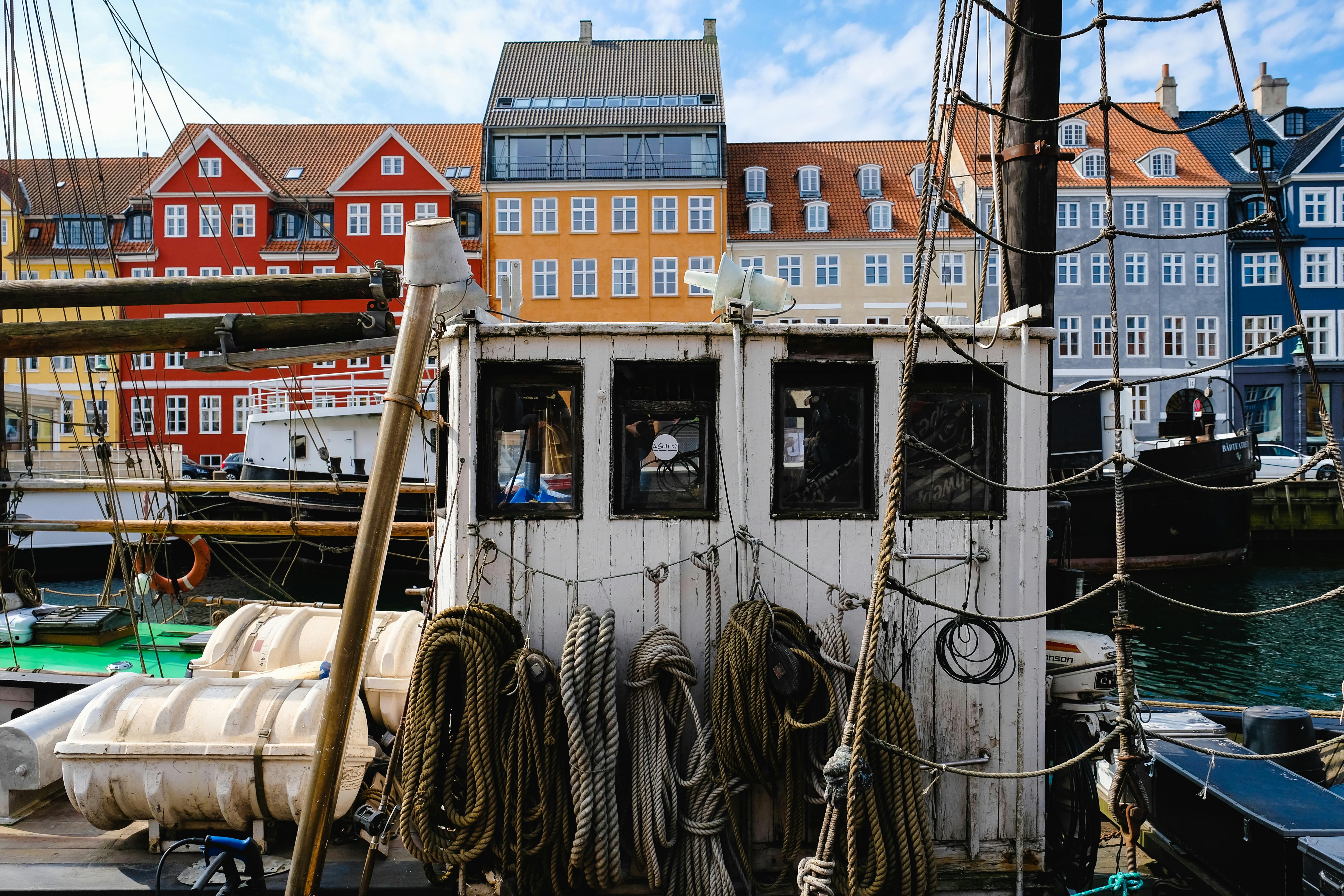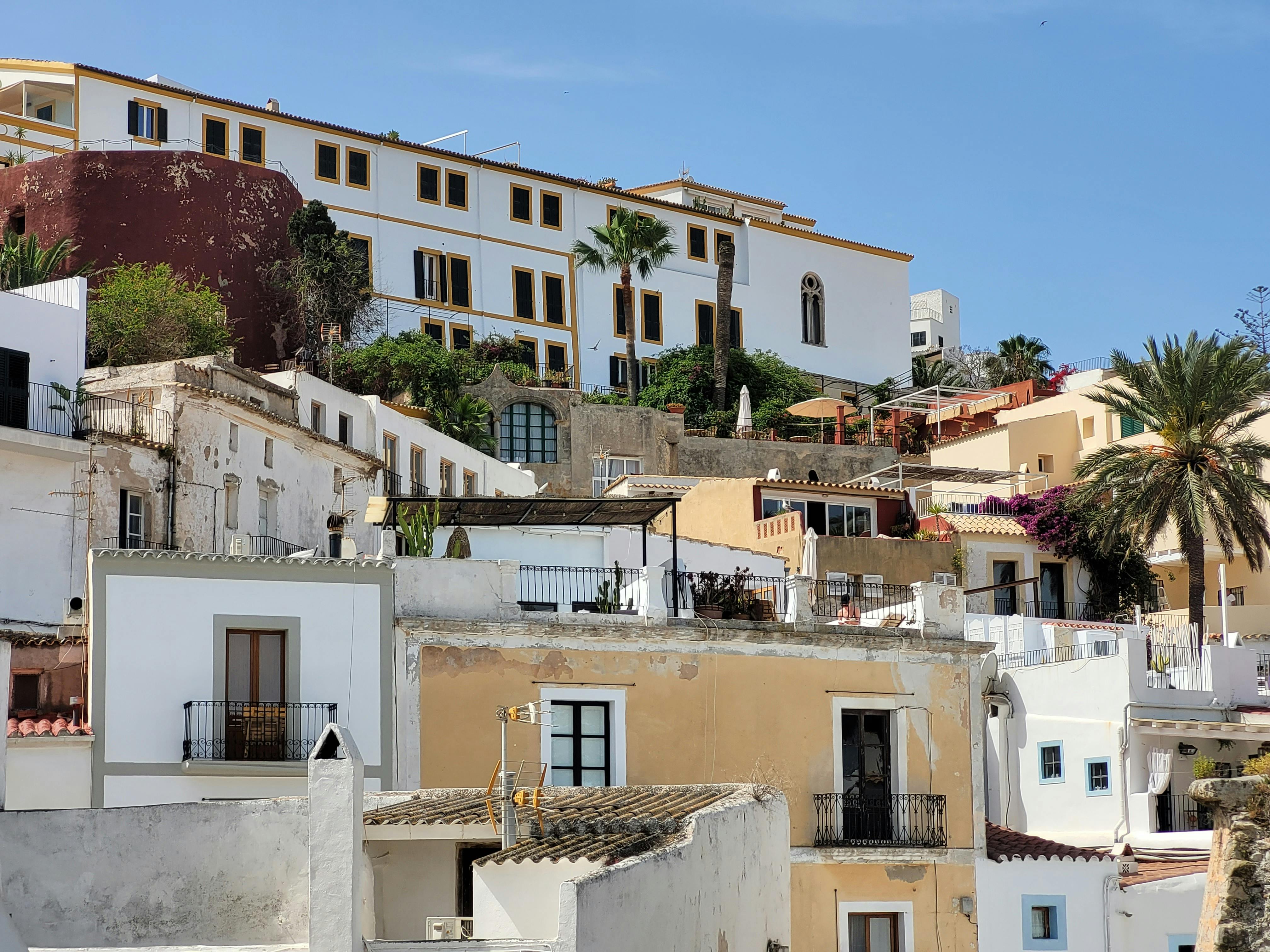What is Sustainable Web Design?

“If the Internet was a country, it would be the 4th largest polluter” – Sustainable Web Manifesto
Despite the crucial role the Internet plays in accelerating the fight against climate change, it is simultaneously part of the problem. According to the Sustainable Web Manifesto, the Internet’s carbon footprint is expected to grow considerably by 2030.
While the term “greenhouse gas emissions” may evoke images of cars lined up in traffic, unleashing thick smoke into the air, this isn’t far from the reality of our digital carbon footprint. The internet relies on data centres, which use electricity.
According to estimation, transferring 1GB of data produces 3kg of CO2, the equivalent of driving 11.2km (7 miles) in a car. When you consider the volume of people sharing, downloading and uploading data on the internet every day, these numbers quickly add up.
As businesses invest more in their online presence, it’s crucial that we pay attention to and take responsibility for our digital carbon footprints by incorporating sustainable web design into our marketing strategies. And as you’ll see in this post, this isn’t just better for the planet, but better for business too.
What is Sustainable Web Design?
Sustainable web design is a holistic strategy that aims to lower our digital carbon footprint by minimising resource usage and environmental impact. Essentially, it ensures the products and services provided align with the core principles outlined by the Sustainable Web Manifesto:
Clean: utilising renewable energy sources
Efficient: minimising energy and resource usage as much as possible
Open: ensuring accessibility and data control for users with an open exchange of information
Honest: providing transparent and truthful information through design and content
Regenerative: supporting community and environmental health
Resilient: ensuring functionality where and when they’re most needed
Guidelines for Sustainable Web Design
Consider the user experience
You’ll notice that this concept features a lot in the principles of sustainable web design. Using simple and intuitive navigation helps users find the information they’re looking for faster, improving their overall experience on your site and making them more likely to stick around.
Use green hosting
As data centres rely on electricity, choosing hosting providers that use renewable energy minimises the environmental impact of powering your website.
Optimise performance
Implementing caching reduces the workload on the server and contributes to faster load times. This not only minimises energy consumption, but improves the user experience.
Write clean code
No-code websites are everywhere nowadays and while they are a great, accessible option for people without any coding knowledge, they are much worse for the environment. This is where a sustainable web design agency can be especially useful for lowering your digital carbon footprint.
If you are writing code for your website, make sure it’s clean, avoiding excess characters and unnecessary duplications to make your page faster and more sustainable.
Optimise your media
Media assets can be especially heavy, so compressing your images and videos to lower their file size without compromising on quality can lower their environmental impact. Also, consider using lazy loading to stop below-the-fold content loading until it’s needed.
Opt for a minimalist design
Eliminate unnecessary media and limit custom fonts as this adds to the weight of your website. While very engaging, video content is particularly heavy and slows down your site, so consider whether it is necessary to get your message across.
Audit your website regularly
Review your website periodically and remove any outdated content to keep your website efficient and relevant.
You can use these guidelines for your sustainable web design strategy and check your site’s impact report using Ecograder.
The Benefits of Sustainable Web Design
Beyond the obvious benefits for the planet, incorporating sustainable web design into your digital marketing strategy is good for business.
Better return on investment (ROI) – a streamlined web design, optimised content and enhanced performance can lower your hosting and maintenance costs.
A better user experience – a reoccurring theme with sustainable web design, is a better user experience overall. The faster your page loads and the more intuitive the navigation, the more likely users are to find what they’re looking for and stay on your site.
Better Search Engine Optimisation (SEO) – search engines prioritise fast, well-optimised websites which is crucial to improving your website’s visibility and organic search ranking. This works both ways as good SEO helps users find what they’re looking for faster, lowering the overall impact of the user journey.
Enhanced brand image – as outlined in our post on the importance of a sustainable branding strategy, demonstrating an authentic commitment to sustainability helps boost your brand’s reputation and stay clear of the greenwashing trap, particularly with conscious consumers.
As the digital landscape continues to evolve, incorporating sustainable web design into your digital marketing strategy is not only a clever business decision but an essential step in taking responsibility for your digital carbon footprint and future-proofing your business.
What is the website carbon footprint https://dodonut.com/blog/what-is-the-website-carbon-footprint/
Why web designers need to think about sustainable web design https://www.forbes.com/sites/forbesbusinesscouncil/2022/09/01/why-web-designers-need-to-think-about-sustainable-web-design/
Sustainable web design https://www.mightybytes.com/blog/sustainable-web-design/
For more information on how to make your digital marketing strategy more sustainable, get in touch with a member of the team at growfish.co.
Related Posts
Sustainability in Copenhagen: A Model for Green Urban Living
How many cities do you know where you can ski down the roof of an energy plant that turns waste into electricity? Copenhagen, the capital of one of the world’s happiest countries - Denmark - stands at the forefront of urban sustainability, consistently ranking among...
Examples of Sustainable Marketing
In recent years, sustainability has become a key priority for consumers and businesses alike. As more people recognise the urgent need to address climate change and protect our planet’s resources, brands are finding innovative ways to incorporate sustainability into...
Sustainability in Ibiza: Building a Resilient Local Economy
Like many popular holiday destinations in Spain, the “party island” Ibiza, is suffering from the environmental and social consequences of mass tourism. However, a growing number of local initiates and businesses are laying the foundation for a more environmentally...




